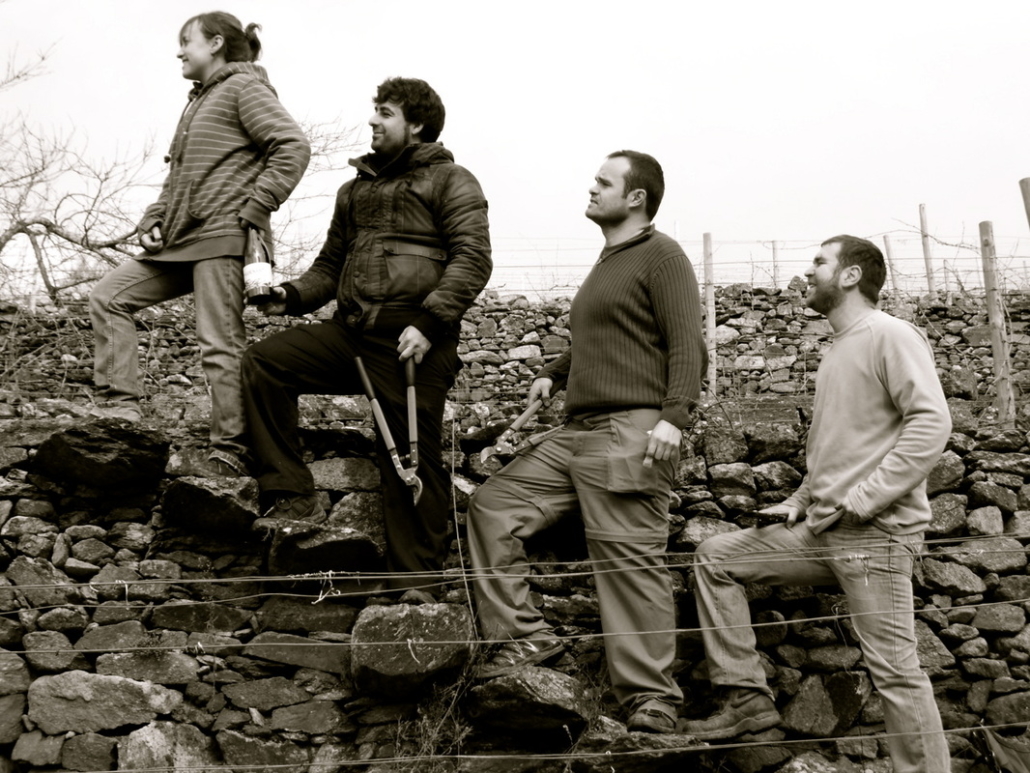Envínate has been steadily crafting some of the more exciting–and sought after–Iberian Peninsula wines in recent memory. The Envínate project was spearheaded by a group of four friends who met while studying wine growing. (Envínate means, in so many words, “to wine yourself.”) While focusing primarily on the Canary Islands and Ribeira Sacra, they also work with exceptional vineyard sites throughout Spain.

The Envínate Albahra Chingao is one of the finer examples I have come across of an unsulfured wine–and what it can express in terms of sheer deliciousness and elegance, all while relaying an amazing transparency of terroir. It’s made from 100 percent garnacha tintorera (a.k.a. Alicante Bouschet) grown in a very special white-limestone-rich, 30-year-old vineyard (similar to the albariza soils of Jerez).
Albahra (Castilian for “small sea”) is named for the vineyard area in the Almansa region close to the town of Albacete, located at the southeastern tip of Castilla-La Mancha (about a two-hour drive west of Valencia). Sitting above 800 meters, the vineyard is trained “en vaso” or “alberello,” distinguished by its little-bush-vine style. Garnacha tintorera is also notable for its red pulp–one of the few red grapes on the planet to feature red pulp as well as red skin.
This wine checks most of the boxes that we appreciate: hand harvesting, indigenous-yeast fermentation, and mostly whole cluster, with concrete being the vessel for both fermentation and an eight-month rest before bottling without sulfur. Hence the term Chingao, which translates to something along the lines of a pleasant, unexpected surprise or realization–as in, hot damn, that’s good!
Expect quite the array of purple and red fruits, all wrapped up in a gorgeous, spice-laden blossom. Maybe sprinkle a piquant Moroccan spice blend (say, ras el hanout) on your lamb shoulder chop and marinate while your sweet potato roasts in the oven. Finish it all with some creme fraiche, lime, and cilantro. Oh, and make sure to have a slight chill on that bottle of Albahra.
While the Chingao bottling of Envínate’s Albahra is a stunner, their regular Albahra cuvee isn’t far behind. This sees the same treatment as the Chingao bottling for vinification, except there is 30 percent moravia agria in the blend, lending a brighter, slightly more acidic punch–perhaps a bit less concentrated and higher pitched. It also sees a small amount of sulfur at bottling.
Both of these wines truly showcase the freshness and versatility that garnacha tintorera can achieve when nudged a certain way.


